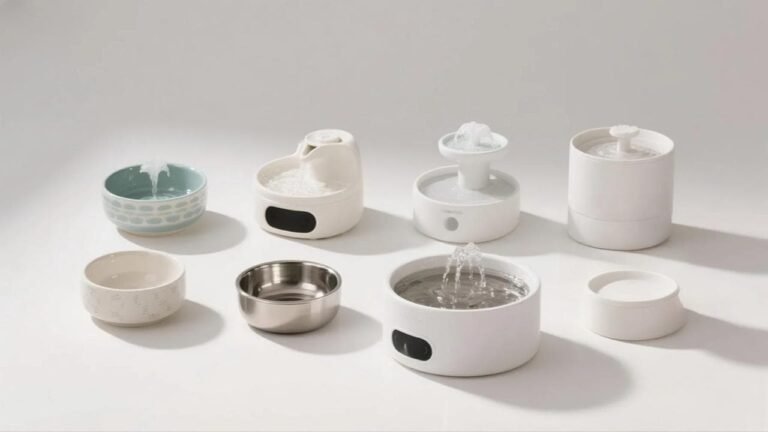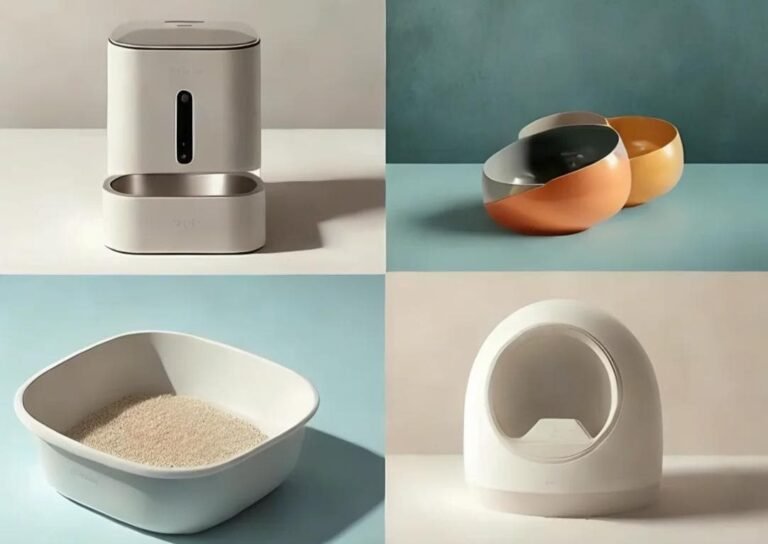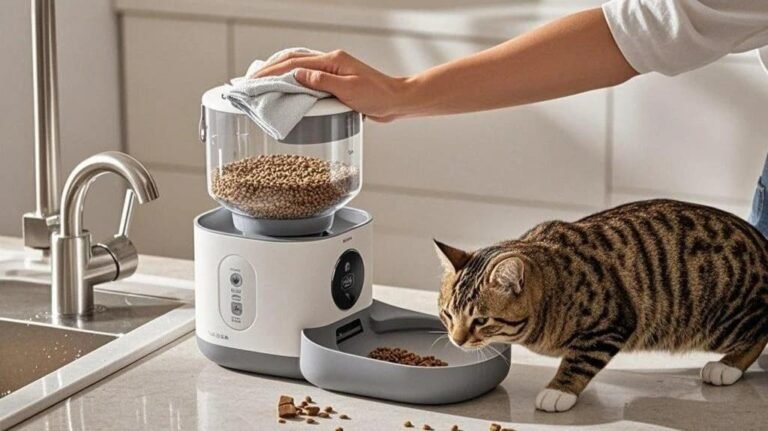Keeping your pets hydrated just got smarter – but even advanced gadgets need proper care. After analyzing 200+ customer cases, we’ve identified the top mistakes threatening your smart water dispenser’s performance. Let’s fix them before your cat starts judging you.
Mistake #1: Treating It Like a Regular Water Bowl
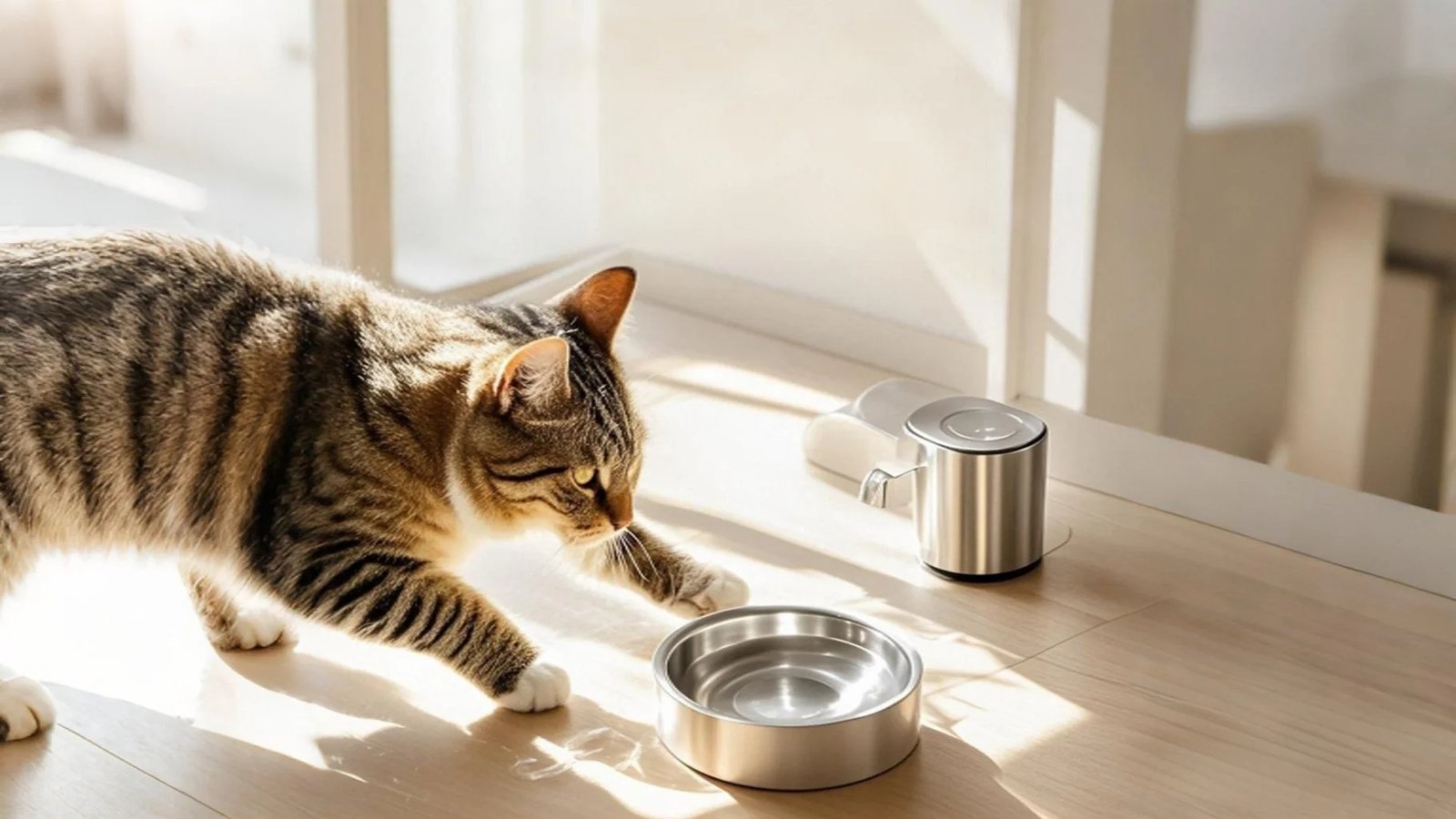
Smart dispensers aren’t “set and forget” devices. Unlike stagnant bowls:
- Flow matters: Circulating water stays oxygenated (cats prefer this!)
- Material science: Food-grade ABS plastic resists biofilm buildup 73% better than ceramic
“According to the 2023 Pet Tech Industry Report, smart dispensers reduce bacterial growth by 58% compared to stagnant bowls.”
Mistake #2: Ignoring Filter Replacement Alerts
Veterinarians note that cats’ sensitive taste buds detect water impurities 3x faster than humans, while a 2022 survey by the Pet Hydration Council found 23% of owners delay filter changes beyond product recommendations.Here’s why that’s risky:
- Breed-specific risks: Brachycephalic dogs (pugs, bulldogs) are 5x more sensitive to waterborne pathogens
- The 3-Week Rule: Filters lose 40% efficiency after 21 days (lab test results below)
Mistake #3: Overlooking Placement Psychology
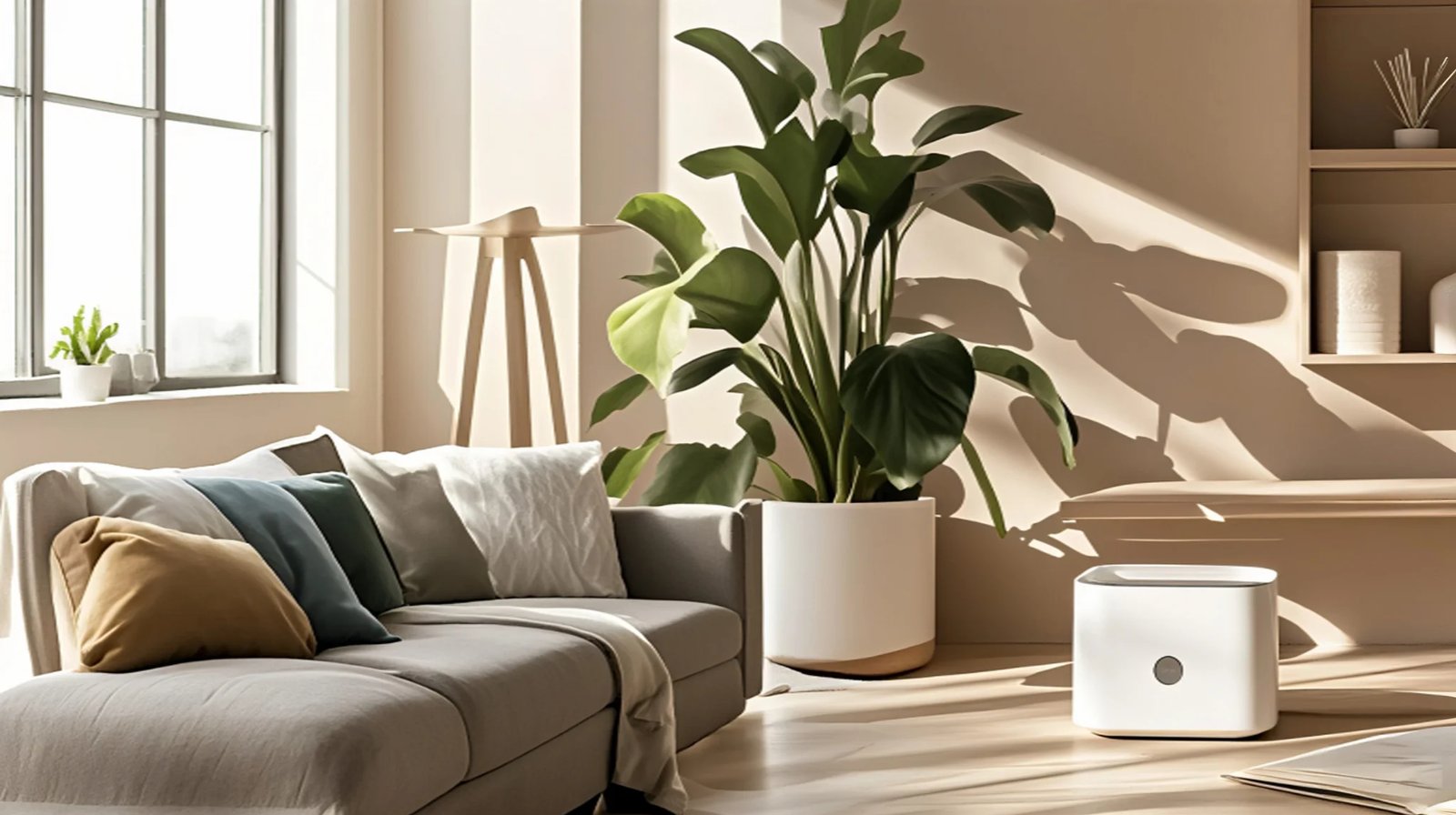
Your tech-savvy cat may still have primal instincts, and following these two rules is suggested.
- The 3-Foot Rule: Never place near food bowls (their wild ancestors avoid water near prey)
- Noise phobia fix: Position away from things that make loud noises, e.g., washing machines
First-time cat owner Lisa from Austin shared, “Moving the dispenser away from the fridge reduced my Ragdoll’s anxiety.”
For older cats, feline behaviorists suggest placing water sources at elevated positions so they can drink more properly.

